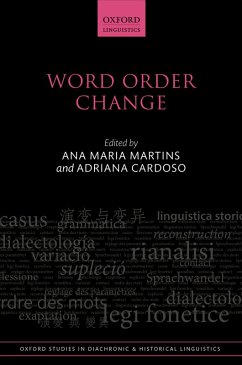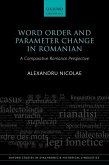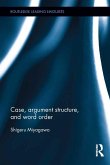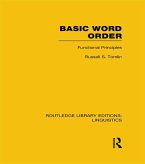This volume explores word order change within the framework of diachronic generative syntax. Word order is at the core of natural language grammatical systems, linking syntax with prosody and with semantics and pragmatics. The chapters in this volume use the tools provided by the generative theory of grammar to examine the constrained ways in which historical word order variants have given way to new ones over time. Following an introduction by the editors, the book is divided into four parts that investigate changes regarding the targets for movement within the clausal functional hierarchy; changes (or stability) in the nature of the triggers for movement; verb movement into the left peripheries; and types of movement, with specific focus on word order change in Latin. Data are drawn from a wide variety of languages from different families and from both classical and modern periods, including Sanskrit, Tocharian, Italian, Portuguese, Dutch, Irish, Hungarian, and Coptic Egyptian. The book's broad coverage and combination of language-internal and comparative studies offers new perspectives on the relation between word order change and syntactic movement. The volume also provides a range of wider insights into the properties of natural language and the way in which those properties constrain language variation and change.
Dieser Download kann aus rechtlichen Gründen nur mit Rechnungsadresse in A, B, BG, CY, CZ, D, DK, EW, E, FIN, F, GR, HR, H, IRL, I, LT, L, LR, M, NL, PL, P, R, S, SLO, SK ausgeliefert werden.









